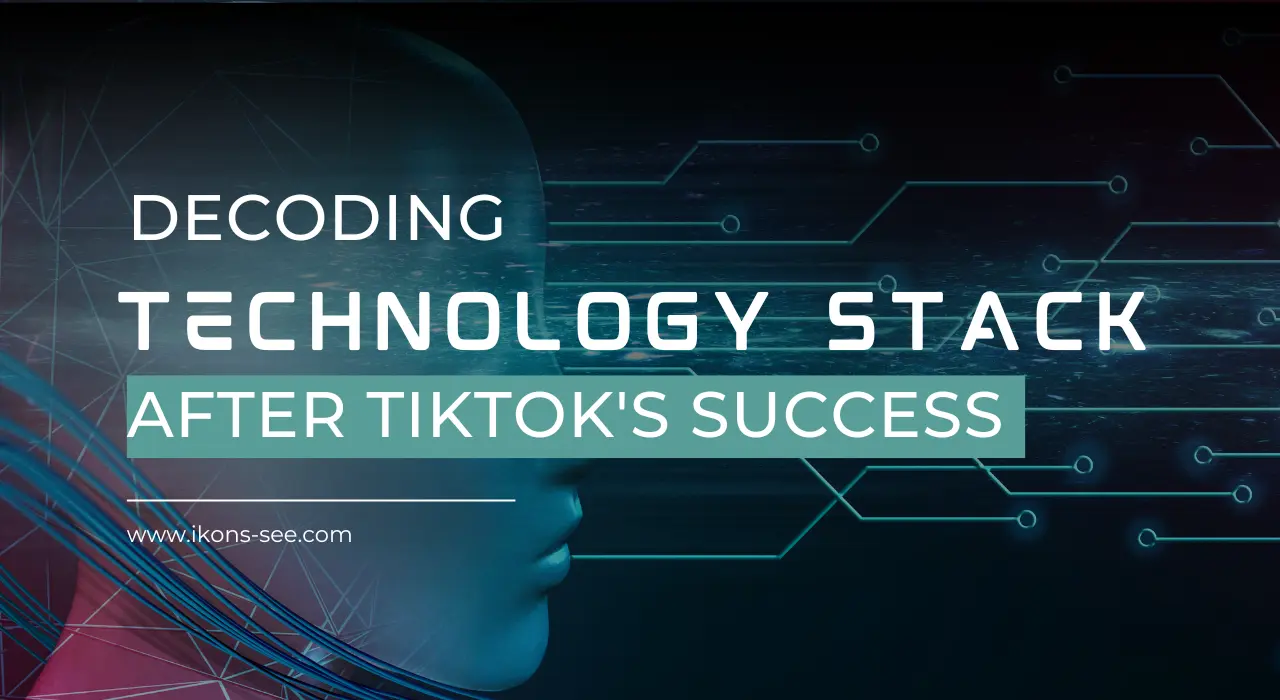In the dynamic landscape of social media, TikTok has emerged as a global sensation, captivating audiences with its short-form video content. This article from us undertakes an in-depth journey into the intricacies of TikTok’s formidable technology stack. By dissecting the platform’s technical underpinnings, we aim to provide a profound understanding of how TikTok’s architecture and infrastructure enable its unprecedented success.
Unraveling TikTok’s Technical Ecosystem:
- Scalable Microservices Architecture: At the core of TikTok’s infrastructure lies a microservices-based architecture. This architectural paradigm allows TikTok to rapidly develop, deploy, and scale discrete services independently. Each microservice handles specific functionalities, such as user profiles, content recommendations, and analytics. These services communicate via APIs, enabling flexibility and scalability while ensuring fault isolation.
- Database Management: TikTok manages an enormous volume of user-generated content and interactions. To maintain data integrity and ensure rapid data retrieval, TikTok utilizes both relational databases (e.g., PostgreSQL) and NoSQL databases (e.g., Cassandra and Redis). This hybrid approach optimizes data storage and retrieval for different use cases, such as user profiles and real-time engagement metrics.
- Content Delivery Network (CDN): To optimize content delivery, TikTok leverages a global Content Delivery Network (CDN). CDNs distribute video content across a network of strategically placed edge servers, reducing latency and ensuring swift video loading. This minimizes buffering issues and enhances the user experience, regardless of a user’s geographic location.
- Machine Learning and Recommendation Algorithms: TikTok’s success hinges on its ability to curate personalized content feeds for users. Behind this magic curtain is an ensemble of machine learning models and recommendation algorithms. These models analyze user behavior, preferences, and engagement patterns to serve relevant content. TensorFlow and PyTorch are among the machine learning frameworks instrumental in this process.
- Video Encoding and Streaming: TikTok’s real-time video processing and streaming capabilities are powered by advanced video codecs (e.g., H.264, H.265) and streaming protocols (e.g., HTTP Live Streaming). This ensures high-quality video playback and adaptive streaming, adapting to varying network conditions seamlessly.
- Mobile App Development Excellence: TikTok’s mobile applications are meticulously developed using native technologies. For Android, Java/Kotlin are the primary choices, while Swift/Objective-C are favored for iOS. Cross-platform frameworks like React Native may be employed for specific features, offering a balance between code reusability and native performance.
TikTok’s technology stack is a remarkable fusion of innovation, scalability, and technical prowess. By meticulously orchestrating these components, TikTok has not only crafted an engaging platform but also mastered the art of managing a colossal user base. A deep understanding of this platform technical ecosystems provides invaluable insights into modern app development and scaling strategies, paving the way for success in today’s competitive digital landscape.
“Fascinated by TikTok’s cutting-edge technology stack and eager to explore the dynamic world of digital innovation further? We invite you to reach out to us for in-depth discussions and insights on how similar technologies can transform your projects. Connect with us today, and let’s embark on a journey to harness the power of technology together. Feel free to message us or visit our website to start the conversation. Your next breakthrough could be just a click away!
#lifeatikons #ikonsteam #techstack #tiktoktech #microservices #databasemanagement #contentdeliverynetwork #machinelearning #videostreaming #appdevelopment #scalability #socialmediatech

